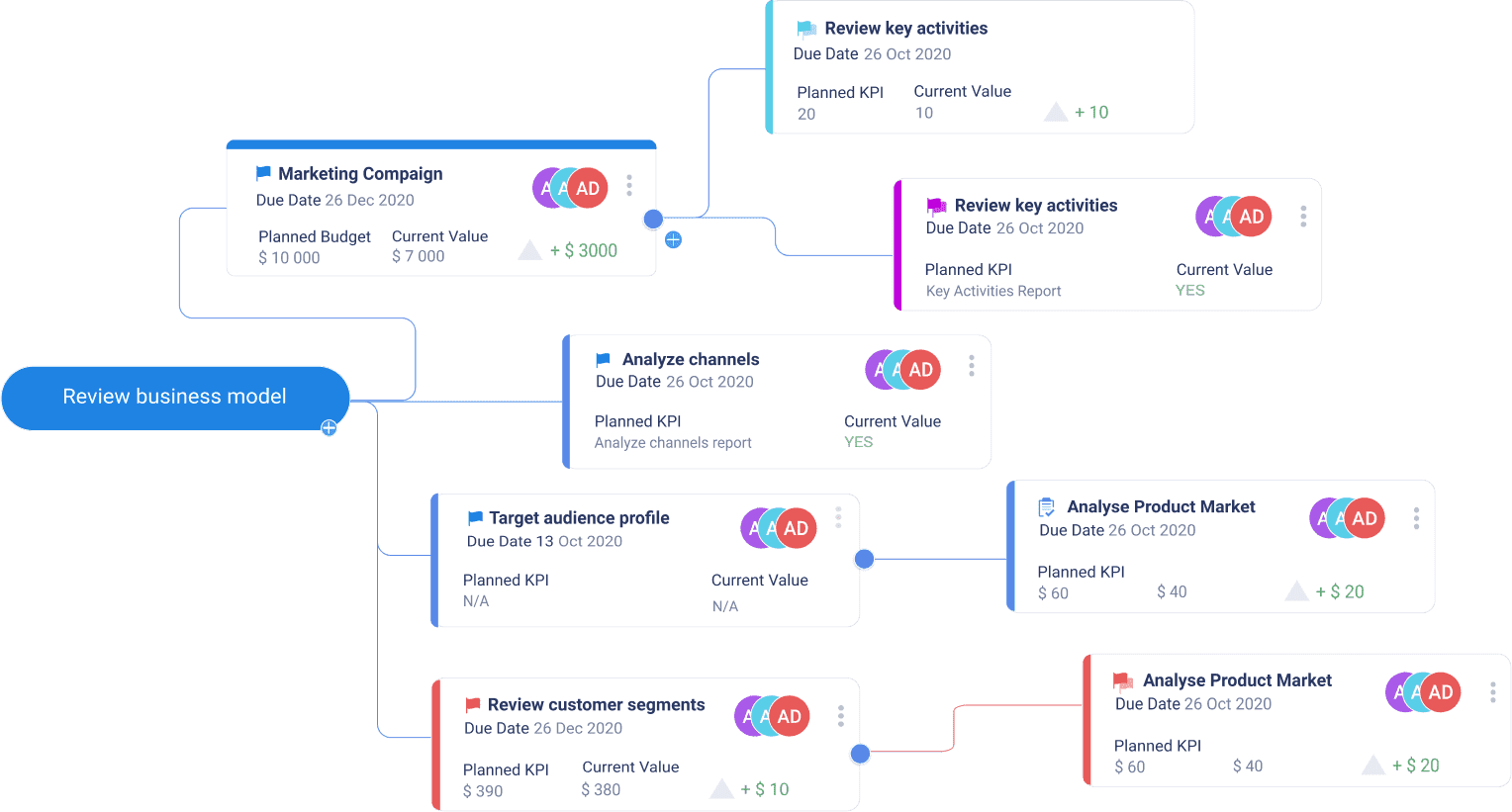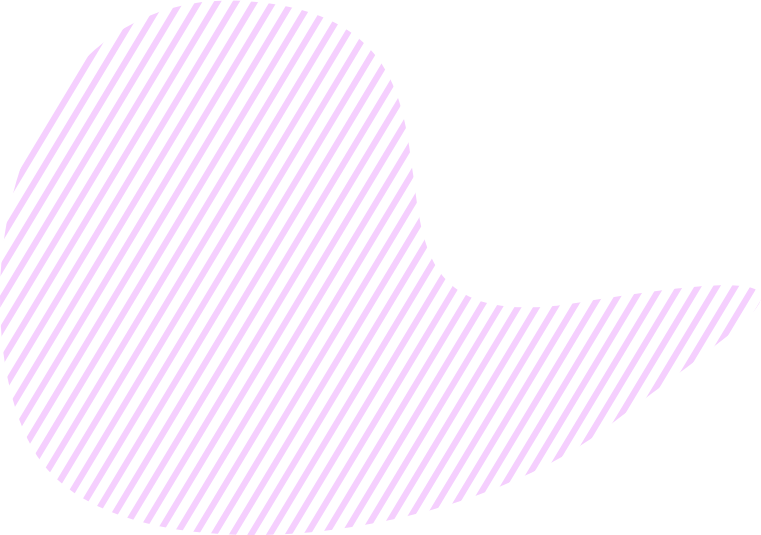What is Feature?
In a broad sense, a feature is a notable property of a product – from a device to a software application. Features, therefore, describe a product and help potential customers decide whether they want to buy it. Besides, features may differentiate between different versions of a product letting customers make a more granular choice and find a product version with the suitable combination of features.
Businesses structure their decisions around features deciding which of them to offer or take out.
[media-item id="15710"]
Features vs. Functionality
Features are often described as functionality offered by a software that allows users to do something. In this sense, features are tools to complete certain tasks or actions. Yet, features do not map to functionality. Functionality shows how those features actually work. For example, a pizzeria might have an option to create your own pizza. In this case, the feature is “customized pizza”, while the level of customization and possible options are the functionality. Looking at a product from the functionality perspective gives a better understanding of what a system does and what it should do to maximize the value of the product.
Features vs. benefits
When analyzing which features a product should have, businesses try to understand what problems their product will solve and what the benefits for customers it will bring. While features are outputs of the product, or the things that a team delivers, benefits are the outcomes or results of using the product. To create a successful product, feature selection must be guided by the benefits the customers seek.
Feature representation
The way features are represented depends on the team’s and the management’s understanding of what is needed to deliver the desired benefits:
Features as solutions
When a team already knows what they need to deliver to satisfy customers, features can be represented as a solution. In this way, the team can make sure that they have a shared understanding of what they are developing, and the development process is smoother and more transparent. The drawback of such representation is limiting a team to a specific solution without looking for different options.
Features as needs
If a team is not sure of how they are going to reach a certain outcome, they represent features as needs. This leaves more space for innovation and exploration of ways to accomplish the desired outcome and the team is more engaged and freer to express their ideas. However, with this approach it is more difficult to reach an agreement about the features that need to be developed.
Therefore, when the team is looking for ideas, features should be described as needs, yet when they come to an agreement and there is no need for further exploration, a feature can be defined as a solution.
Features and the Product Roadmap
Once a feature is agreed upon, it’s time to incorporate it into the product planning and place it on the product roadmap. In this way the features that the team is going to work on, and the timeframe of their implementation are communicated to stakeholders.
However, the product roadmap is not feature-driven. All features must be prioritized by the team based on the product strategy and anticipated benefits to the customers. It is possible to list specific features on the roadmap, which will represent selected solutions, especially in the near-term. Yet, in the long run, the roadmap should be organized around the desired outcomes rather than specific features that are going to provide those outcomes.



